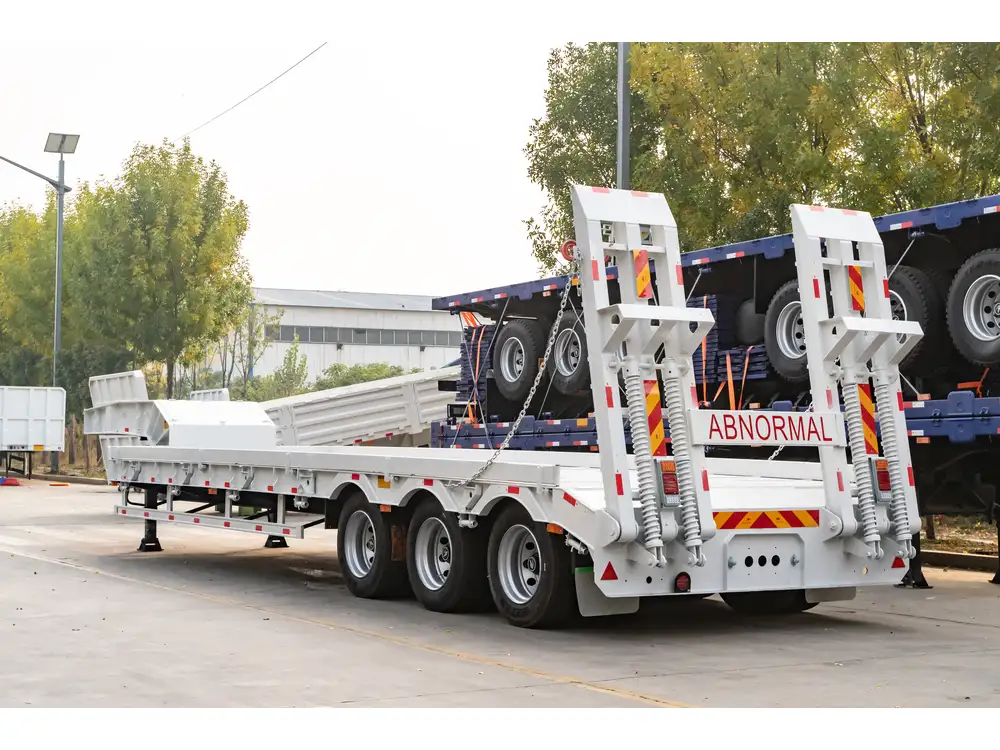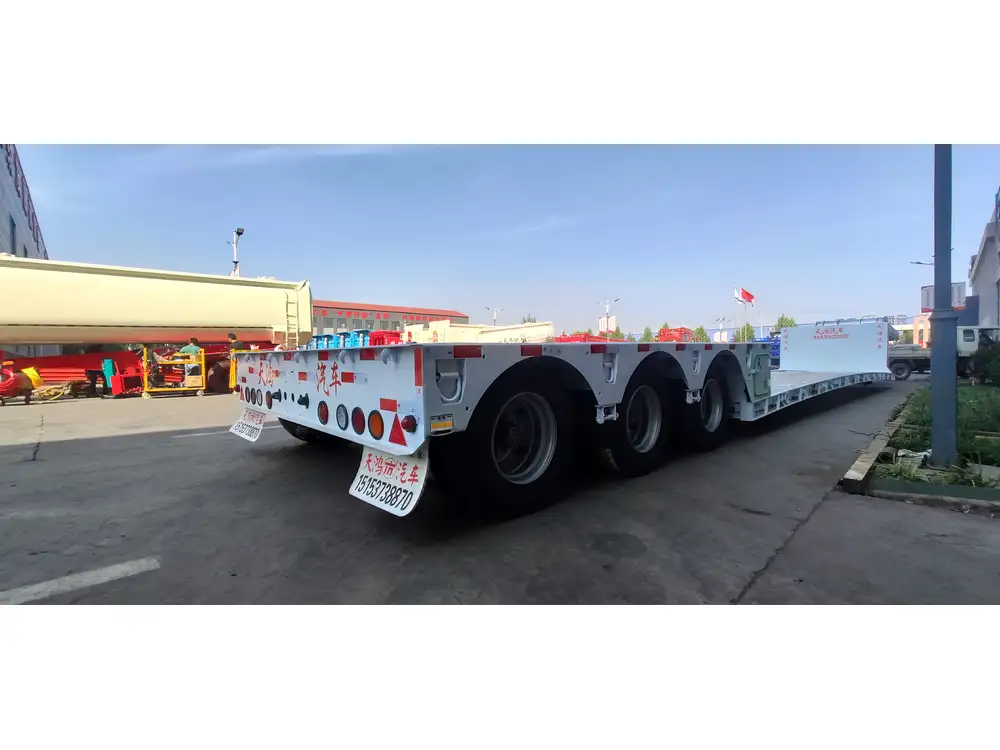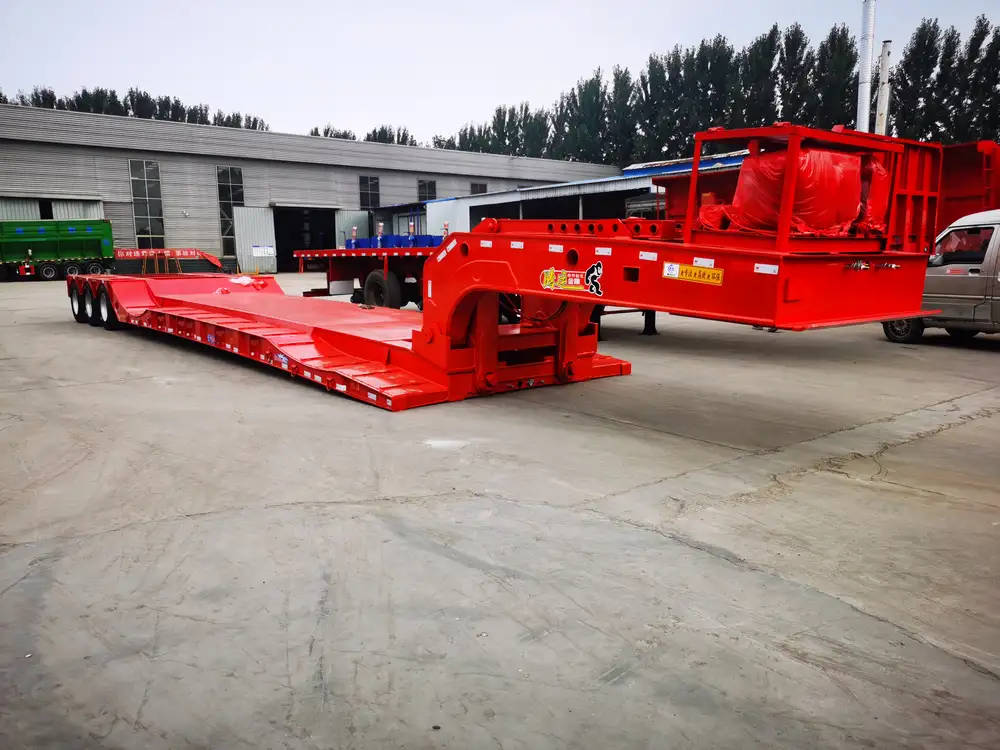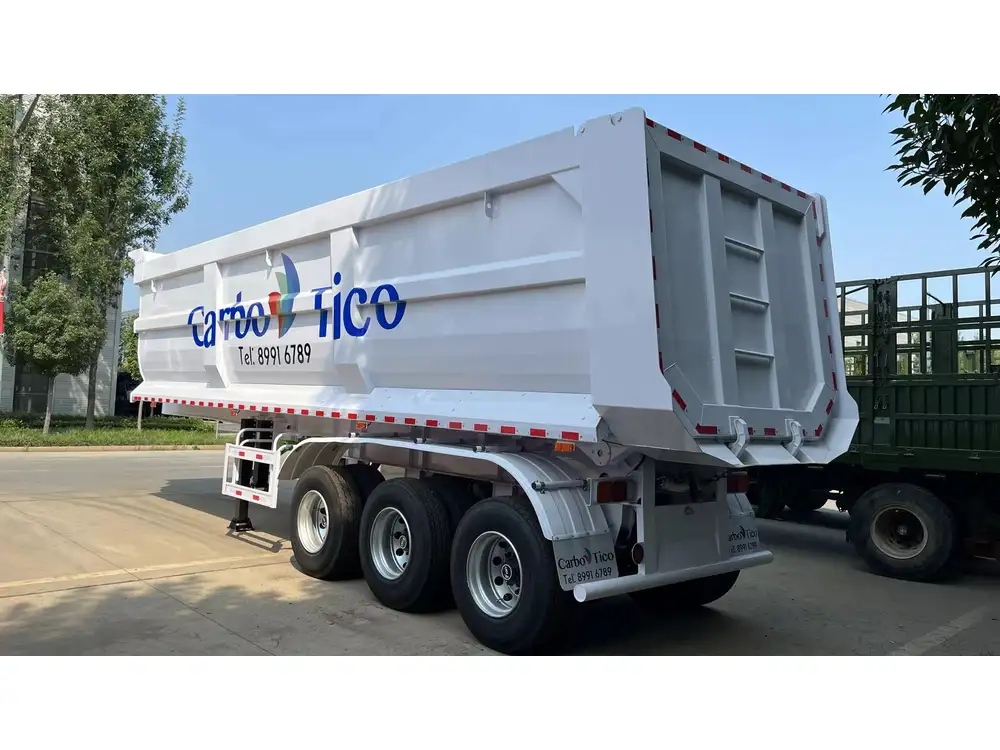Introduction
In the realm of camping, flexibility often reigns supreme. Many outdoor enthusiasts cherish the comfort of a popup camper but may find themselves longing for the utility of a dump trailer. Converting a popup camper to a dump trailer offers a unique way to merge enjoyment and functionality, bringing unparalleled convenience to outdoor adventures and outdoor projects. In this guide, we will navigate through each stage of this conversion process, ensuring you have all the insights necessary to embark on this rewarding DIY endeavor.
Why Convert a Popup Camper to a Dump Trailer?
Before diving into the intricacies of the conversion process, it’s essential to understand the motivations behind such a project.

1. Increased Versatility
A popup camper is primarily designed for leisure, while a dump trailer serves practical purposes. By converting your camper, you’re ensuring it serves dual purposes: camping and hauling.
2. Cost-Effectiveness
Buying a dedicated dump trailer can be an expensive venture. Converting an unused popup camper is a budget-friendly alternative that repurposes existing assets while saving you money.
3. Emotional Connection
Sentimental value often accompanies camping gear. Transforming a cherished popup camper into a dump trailer allows you to preserve memories while adapting to new needs.

Step-by-Step Guide to the Conversion
The conversion process involves several critical steps that guarantee a smooth transformation. Each step requires careful planning and execution. Below is a detailed breakdown:
Step 1: Assess Your Popup Camper
Before beginning the conversion, it’s crucial to evaluate the condition of your popup camper. This assessment determines whether the camper is suitable for conversion.
Key Considerations:
- Structural Integrity: Inspect the frame, roof, and flooring for any damage. Ensure that they can support the additional weight of a dump trailer.
- Equipment Functionality: Verify the operational status of the camper’s mechanical systems, including the axles, wheels, and brakes.
- Size and Capacity: Consider the size of your popup camper in relation to your intended use as a dump trailer. Determine whether it meets your hauling requirements.
Step 2: Gather Necessary Materials and Tools
A successful conversion requires an array of materials and tools. Planning in advance ensures that you have everything you need before getting started.
Materials:
| Material | Purpose |
|---|---|
| Heavy-duty trailer axle | Supports weight and increases durability |
| Dump trailer hoist | Assists in raising the load for easy dumping |
| Structural reinforcement | Enhances the camper’s framework |
| New wiring and connectors | Maintains electrical systems |
| Tires suitable for hauling | Ensures proper weight distribution and safety |
Tools:
- Socket set
- Wrenches
- Drill and bits
- Angle grinder
- Welder
- Measuring tape
- Safety equipment (gloves, goggles)

Step 3: Disassemble the Popup Camper
A thorough disassembly is crucial to prepare the camper’s frame for modification.
Disassembly Process:
Remove the Canvas: Detach the canvas sides carefully to avoid tearing. Store them safely for potential future use.
Take off the Roof: If your camper has a lifting mechanism, this may need to be removed to access the frame properly.
Dismantle Interior Features: Remove furniture, appliances, and anything that adds unnecessary weight to the trailer.
Strip the Frame: Utilize the angle grinder to eliminate excess hardware and prepare the frame for modifications.
Step 4: Reinforce the Frame
Strength is imperative. The trailer needs to endure increased loads. Adding structural reinforcement can significantly enhance the durability of the frame.
Reinforcement Tips:
- Use steel square tubing to reinforce weak points identified during assessment.
- Welding is an effective method for joining new reinforcements to the frame securely. Ensure that all welds are strong and free of defects.
- Consider adding additional supports depending on the weight of the expected loads.
Step 5: Install a Dump Trailer System
Incorporating a dumping mechanism transforms your camper into a fully functional dump trailer.
Installation Steps:
Mount a Heavy-Duty Axle: Ensure the new axle can handle the maximum load you anticipate hauling.
Install Hydraulic or Electric Hoist: Choose between hydraulic and electric options based on your preference and budget. Follow the manufacturer’s instructions for setup.
Add a Dump Bed Design: Construct or modify the trailer bed to allow for tilting. Integrate hinges at the rear to facilitate the dumping process.
Connect Electrical Systems: Ensure wiring is correctly installed, paying special attention to the hoist’s power source. Confirm connections are safe and functional.

Step 6: Adapt Wheels and Tires
Choosing the right wheels and tires is critical for stability and performance.
Tire Selection Criteria:
Load Capacity: Opt for tires rated for heavy loads. This ensures safety while hauling.
Tread Design: Consider all-terrain or off-road tire designs if you plan on navigating rugged paths.
Fitment: Ensure compatibility with the new axle. Proper measurements will prevent mismatching.
Step 7: Finalize the Frame and Bed
Secure the frame and the dump bed to ensure stability during operation.
Final Assembly:
- Double-check all bolts and connections before moving onto the next phase.
- Add any additional features, such as safety rails or specific latches, that may enhance functionality.
Step 8: Test the Converted Trailer
Before utilization, conduct safety checks and tests to ensure the trailer operates correctly.
Testing Procedure:
Inspect Structural Integrity: Assess welds, bolts, and joints for signs of weakness.
Perform Operational Tests: Try the dumping mechanism with a small load, gradually increasing weight. Ensure the trailer dumps correctly and retains structural integrity.
Conduct Road Tests: Test the trailer on various terrains to assess stability and handling.

Maintenance and Care for Your New Dump Trailer
Every conversion can benefit from proper maintenance. Regular checks and care prolong the life of the trailer while ensuring safe operations.
Maintenance Tips:
- Regular Inspections: Check the welds, frame, and hoist for any signs of wear or damage, addressing problems promptly.
- Tire Maintenance: Regularly inspect tire pressure and tread. Rotate and replace tires as necessary.
- Electrical System Check: Ensure the electrical system remains functional to prevent breakdowns in the field.
Conclusion
Converting a popup camper to a dump trailer presents an innovative solution that merges practicality with cherished outdoor experiences. This detailed step-by-step guide empowers you to undertake this exciting transformation, providing you with a versatile tool for your future adventures and projects.

Additional Considerations
Local Regulations: Always check with local governance and trail rules regarding trailer modifications.
Safety Standards: Follow safety standards to ensure both your personal safety and that of other road users.
With a well-executed conversion, your popup camper can become a multifunctional asset, enhancing your outdoor experiences while fulfilling practical hauling needs. Enjoy this journey of conversion, making the most of your resources and memories.



